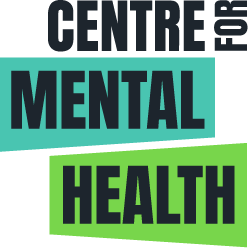Children who end up in custody are three times more likely to have mental health problems than those who do not. We also know they are very likely to have more than one mental health problem, to have a learning disability, to be dependent on drugs and alcohol and to have experienced a range of other challenges. Many of these needs go unrecognised and unmet.
Liaison and diversion
At the point of arrest, there is an opportunity to identify these needs early on, to link young people and their families with the support they need and to reduce the chance of people going in and out of the youth justice system.
In 2007, alongside the Department of Health and the Youth Justice Board, we funded a major national programme of six pilot Youth Justice liaison and diversion schemes for young people with mental health, learning, communication difficulties or other vulnerabilities affecting their physical and emotional well being. The pilot schemes were designed to ensure that children and young people with mental health and other problems get the help they need as soon as they enter the youth justice system.
An independent evaluation found that young people involved in YJLD intervention took longer to reoffend and had significant improvements in depression and self-harming. Data collected from these sites provided useful information on the range and multiplicity of needs of young people entering the Youth Justice System. This data formed the basis of our analysis on what leads girls to join gangs.
NHS England and the Department of Health have built on this model to establish the current all-age diversion model.
Checklist for identifying vulnerabilities in young people
Most adults with poor mental health first present with symptoms during their teenage years so early intervention is critical to promote children’s life chances and reduce multi-sector costs. Children with poor mental health are more likely to present with unclear symptoms (such as persistent behavioural difficulties) at this early stage in their lives making vulnerability less easy to identify for non-clinicians.
The document below helps those working in the youth justice system identify young people who might benefit from further in-depth screening for mental health, hidden disability or other safeguarding needs potentially compromising their mental health and emotional wellbeing.



